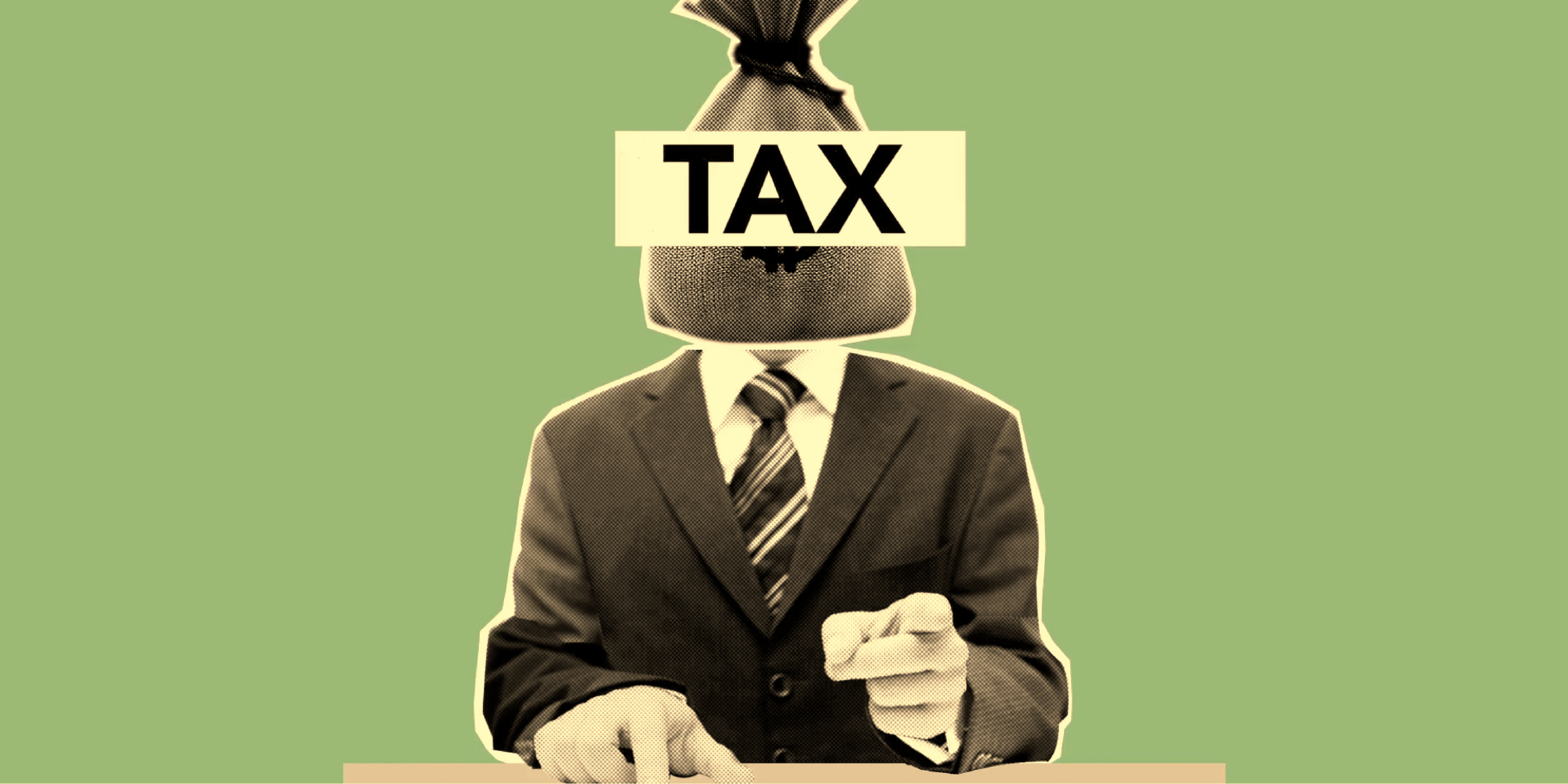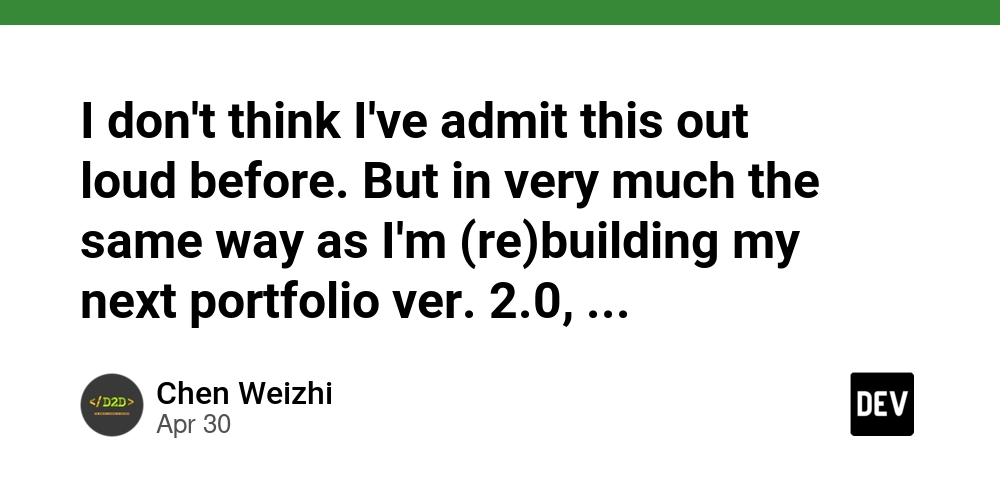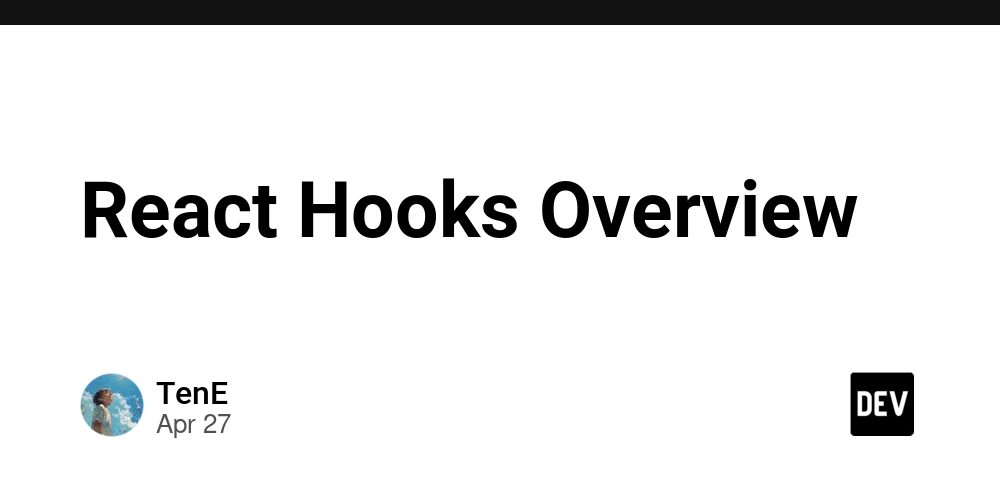Blockchain's Revolutionary Role in Open Source Software
Abstract: This post explores blockchain’s transformative role in open source software. We dive into the history, technical aspects, and future outlook of blockchain integrated into open source development—highlighting funding models, decentralized data solutions, and new licensing techniques. Through case studies and technical insights, we reveal how projects like Gitcoin, IPFS, and Ethereum are empowering the open source ecosystem. Alongside practical examples and challenges, we discuss evolving trends that promise to reshape software collaboration in a decentralized, transparent, and secure way. Introduction Blockchain technology has emerged as a game changer for various sectors and is now revolutionizing open source software. By combining blockchain’s decentralization, transparency, and secure data management with the collaborative ethos of open source, developers are discovering new ways to fund, license, and govern software projects. This blog post examines the convergence of these two paradigms, explains key concepts from the original article Blockchain's Revolutionary Role in Open Source Software, and expands on its core themes through additional resources and practical use cases. As the foundation for many modern technologies, blockchain is not only the backbone of cryptocurrencies but also a catalyst for innovative funding and licensing mechanisms. Projects like Gitcoin utilize blockchain to streamline funding for open source development, while decentralized data storage platforms like IPFS offer secure and censorship-resistant alternatives to traditional centralized systems. Furthermore, the Ethereum ecosystem is powering many decentralized applications (dApps) that enhance software transparency and cooperative governance. Background and Context Blockchain technology dates back to Bitcoin’s introduction in 2008 and has since evolved, finding applications beyond digital currencies. With its distributed ledger and cryptographic security, blockchain offers unique advantages for information sharing and secure transactions. In open source software, these features address two primary issues: Transparency: Blockchain allows stakeholders to verify funding and licensing, reducing disputes and encouraging community trust. Decentralization: Removing the need for central authorities, blockchain supports peer-to-peer interactions and governance through models like Decentralized Autonomous Organizations (DAOs). Historically, funding and licensing challenges have often hampered open source projects. Traditional models, such as donations or grants, can be unreliable and opaque. In contrast, blockchain-based solutions create new pathways for sustainable growth and community-driven contributions. As opensource.com explains, the synergy between open source and blockchain is both a natural evolution of technical innovation and an answer to practical challenges faced by developers worldwide. Below is a brief timeline outlining the evolution of these technologies: Year Milestone 2008 Introduction of Bitcoin and blockchain technology. 2014 Emergence of Ethereum with smart contract functionality. 2017 Growth of decentralized applications and blockchain-based funding platforms (e.g., Gitcoin). 2019 Increasing exploration of open source licensing on the blockchain (Open Source Licensing Models on Blockchain). 2021–2023 Enhanced focus on integrating blockchain with open source for sustainable development. Core Concepts and Features Blockchain’s integration into open source software rests on several core concepts and features that shape its revolutionary potential: 1. Funding Open Source Development Funding is a persistent challenge in open source. By leveraging blockchain, platforms like Gitcoin employ innovative models such as quadratic funding to democratize financial support for projects. This approach ensures that the collective contributions of many small donors can outweigh the influence of a few large ones. Key benefits include: Transparency: Every transaction is recorded on the blockchain. Efficiency: Automatic smart contracts trigger funding directly, reducing administrative overhead. 2. Decentralized Data Management Traditional data storage systems often face risks of censorship, downtime, and security breaches. The InterPlanetary File System (IPFS) provides a decentralized, peer-to-peer method of managing and sharing data. Features of IPFS include: Resilience: Data is stored redundantly across the network. Censorship Resistance: No central authority can control the data. Efficient Distribution: Files are shared across nodes, optimizing bandwidth. 3. Blockchain-Based Licensing and Tokenization Open source licensing can be complex and difficult to enforce. With blockchain, licenses can be tokenized and embedded in smart contracts. This creates: Immutable Licensing Records: Once a license is issu
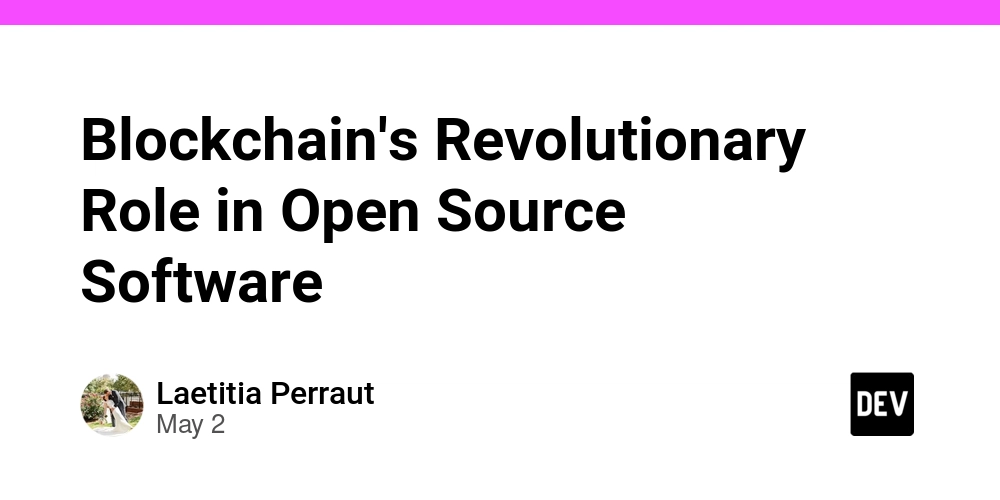
Abstract:
This post explores blockchain’s transformative role in open source software. We dive into the history, technical aspects, and future outlook of blockchain integrated into open source development—highlighting funding models, decentralized data solutions, and new licensing techniques. Through case studies and technical insights, we reveal how projects like Gitcoin, IPFS, and Ethereum are empowering the open source ecosystem. Alongside practical examples and challenges, we discuss evolving trends that promise to reshape software collaboration in a decentralized, transparent, and secure way.
Introduction
Blockchain technology has emerged as a game changer for various sectors and is now revolutionizing open source software. By combining blockchain’s decentralization, transparency, and secure data management with the collaborative ethos of open source, developers are discovering new ways to fund, license, and govern software projects. This blog post examines the convergence of these two paradigms, explains key concepts from the original article Blockchain's Revolutionary Role in Open Source Software, and expands on its core themes through additional resources and practical use cases.
As the foundation for many modern technologies, blockchain is not only the backbone of cryptocurrencies but also a catalyst for innovative funding and licensing mechanisms. Projects like Gitcoin utilize blockchain to streamline funding for open source development, while decentralized data storage platforms like IPFS offer secure and censorship-resistant alternatives to traditional centralized systems. Furthermore, the Ethereum ecosystem is powering many decentralized applications (dApps) that enhance software transparency and cooperative governance.
Background and Context
Blockchain technology dates back to Bitcoin’s introduction in 2008 and has since evolved, finding applications beyond digital currencies. With its distributed ledger and cryptographic security, blockchain offers unique advantages for information sharing and secure transactions. In open source software, these features address two primary issues:
- Transparency: Blockchain allows stakeholders to verify funding and licensing, reducing disputes and encouraging community trust.
- Decentralization: Removing the need for central authorities, blockchain supports peer-to-peer interactions and governance through models like Decentralized Autonomous Organizations (DAOs).
Historically, funding and licensing challenges have often hampered open source projects. Traditional models, such as donations or grants, can be unreliable and opaque. In contrast, blockchain-based solutions create new pathways for sustainable growth and community-driven contributions. As opensource.com explains, the synergy between open source and blockchain is both a natural evolution of technical innovation and an answer to practical challenges faced by developers worldwide.
Below is a brief timeline outlining the evolution of these technologies:
| Year | Milestone |
|---|---|
| 2008 | Introduction of Bitcoin and blockchain technology. |
| 2014 | Emergence of Ethereum with smart contract functionality. |
| 2017 | Growth of decentralized applications and blockchain-based funding platforms (e.g., Gitcoin). |
| 2019 | Increasing exploration of open source licensing on the blockchain (Open Source Licensing Models on Blockchain). |
| 2021–2023 | Enhanced focus on integrating blockchain with open source for sustainable development. |
Core Concepts and Features
Blockchain’s integration into open source software rests on several core concepts and features that shape its revolutionary potential:
1. Funding Open Source Development
Funding is a persistent challenge in open source. By leveraging blockchain, platforms like Gitcoin employ innovative models such as quadratic funding to democratize financial support for projects. This approach ensures that the collective contributions of many small donors can outweigh the influence of a few large ones. Key benefits include:
- Transparency: Every transaction is recorded on the blockchain.
- Efficiency: Automatic smart contracts trigger funding directly, reducing administrative overhead.
2. Decentralized Data Management
Traditional data storage systems often face risks of censorship, downtime, and security breaches. The InterPlanetary File System (IPFS) provides a decentralized, peer-to-peer method of managing and sharing data. Features of IPFS include:
- Resilience: Data is stored redundantly across the network.
- Censorship Resistance: No central authority can control the data.
- Efficient Distribution: Files are shared across nodes, optimizing bandwidth.
3. Blockchain-Based Licensing and Tokenization
Open source licensing can be complex and difficult to enforce. With blockchain, licenses can be tokenized and embedded in smart contracts. This creates:
- Immutable Licensing Records: Once a license is issued and recorded, it cannot be altered.
- Streamlined Compliance: Automated verification processes ensure that software usage remains compliant.
For instance, the original article touches upon Tokenizing Open Source Licenses, a practice that not only simplifies management but also fosters a new ecosystem where contributors are incentivized with tokens.
4. Decentralized Autonomous Organizations (DAOs)
DAOs facilitate community governance by allowing every stakeholder an equal voice in decision making. The DAO model supports open source projects by:
- Enabling Collective Decision-Making: Members can vote on proposals, ensuring that development directions represent their consensus.
- Reducing Power Concentration: Governance is distributed rather than centralized.
Furthermore, resources like Decentralized Governance with DAOs offer real-world examples of how these organizations operate in practice.
Applications and Use Cases
Blockchain's potential in open source is not just theoretical. Here are two key practical applications illustrating this integration:
A. Funding and Sponsorship via Blockchain
Open source projects often rely on sponsors and grants. With blockchain, platforms like Gitcoin have introduced:
- Quadratic Funding: This method amplifies small contributions, making it fairer for projects that may receive funds from a large number of backers rather than a few entities.
- Automated Distribution: Smart contracts handle the allocation of funds efficiently and transparently.
For additional insights on funding challenges and solutions, check out Exploring GitHub Sponsors Global Impact and Future Innovations in Open Source Funding.
B. Licensing Innovation through Tokenization
The tokenization of licenses ensures a secure and transparent framework for managing intellectual property in open source software. This approach has many benefits:
- Automatic Enforcement: Smart contracts can automatically enforce licensing terms.
- Community Trust: The immutable record of transactions builds trust among contributors and users.
Learn more about this process by reading about Open Source Licensing Models on Blockchain, which highlights the technical and legal nuances involved.
Challenges and Limitations
While blockchain offers significant advantages, several challenges and limitations remain when integrating it with open source software:
- Energy Consumption: Many blockchain networks, particularly those based on proof of work, require significant energy. This environmental concern motivates the adoption of more efficient consensus algorithms.
- Scalability Issues: As more transactions are recorded, blockchain networks may face bottlenecks. Layer-2 solutions and rollups (such as those implemented on Ethereum) aim to address these concerns.
- Regulatory Uncertainty: The regulatory landscape for blockchain continues to evolve. Compliance with legal standards remains a moving target across different jurisdictions.
- Adoption Resistance: Traditional open source communities may resist change due to familiarity with existing processes. Gaining widespread community buy-in for blockchain-based systems is a gradual process.
Below is a bullet list summarizing the key challenges:
- High Energy Consumption: Especially in early blockchain implementations.
- Scalability Concerns: Network congestion can slow down transactions.
- Regulatory Complexity: Navigating different legal frameworks.
- Cultural Resistance: The adaptation of blockchain in traditional communities.
These challenges require ongoing innovation and collaboration between technologists, regulators, and community leaders.
Future Outlook and Innovations
Looking ahead, the integration of blockchain and open source software is poised to evolve further. Here are some future trends and innovations to keep an eye on:
1. Enhanced Scalability Solutions
Emerging Layer-2 protocols and interoperability solutions promise faster, more efficient blockchain transactions, directly benefiting decentralized open source platforms. For example, interoperability solutions like those discussed in Arbitrum and Blockchain Interoperability are already making headway into mainstream applications.
2. Sustainable and Green Blockchains
New consensus algorithms such as Proof-of-Stake (PoS) and other energy-efficient models could alleviate concerns related to energy consumption. The translation of these advancements into open source funding models will further drive sustainable practices.
3. Evolving Licensing Models
Blockchain-based licensing is still in its infancy. As more organizations experiment with tokenized licenses, we are likely to see further refinements that streamline open source compliance and revenue distribution. The shift toward immutable, transparent licensing records will empower developers and enhance trust.
4. Integration with AI and IoT
The fusion of blockchain with emerging technologies like Artificial Intelligence (AI) and the Internet of Things (IoT) offers unexplored potential for open source projects. For instance, secure data sharing between IoT devices using blockchain could revolutionize sectors such as smart cities, healthcare, and agriculture.
5. Greater Community Participation
Lastly, the evolution of Decentralized Autonomous Organizations (DAOs) will push forward more democratic and transparent governance structures in open source projects. As Decentralized Governance with DAOs illustrates, these models foster community-driven decision making—a key asset for sustaining collaborative efforts in software development.
For a deeper dive into the future of open source innovation, refer to The Future of Open Source in a Blockchain World.
Summary
In summary, blockchain technology is dramatically reshaping the open source landscape. The convergence of decentralized funding, secure licensing, and community governance through DAOs is unlocking new possibilities for software development. Despite challenges such as energy consumption and scalability issues, innovations continue to drive the integration forward. Through platforms like Gitcoin, decentralized data solutions like IPFS, and the robust smart contract capabilities of Ethereum, the future of open source software looks more sustainable, secure, and collaborative than ever before.
This transformative movement not only ensures financial sustainability but also enhances transparency and trust within the open source community. As more projects embrace blockchain-based models—supported by insightful resources like Blockchain and Open Source: A Perfect Match? and innovative discussions on Decentralized Governance with DAOs—the era of enhanced community-driven development is truly here.
Below is a summary table of key concepts discussed:
| Key Concept | Description | Example/Reference |
|---|---|---|
| Funding Models | Innovative methods like quadratic funding backed by blockchain technology. | Gitcoin |
| Decentralized Data | Peer-to-peer file storage systems ensuring data integrity and censorship resistance. | IPFS |
| Tokenized Licensing | Embedding open source licenses on the blockchain for immutable and automatic enforcement. | Tokenizing Open Source Licenses |
| Decentralized Governance | Community-led project management through DAO structures. | DAOTalk |
Additional Resources
For readers who wish to explore further, here are some additional authoritative resources and related projects:
- Blockchain Funding through Gitcoin
- IPFS – Decentralized Data Storage
- Ethereum and Smart Contracts
- Blockchain and Open Source Synergies
- Decentralized Governance with DAOs
Furthermore, cross-references with relevant Dev.to posts offer deeper insights into open source challenges and innovations:
- Understanding and Navigating the Risks of Forking Open Source Projects – Strategies for Sustainable Growth
- License Token: Revolutionizing OSS License Distribution for a New Era of Open Source Innovation
- Exploring GitHub Sponsors: Global Impact and Future Innovations in Open Source Funding
Concluding Thoughts
The marriage of blockchain technology and open source software heralds a new era of innovation and collaboration. By tackling longstanding challenges in funding, licensing, and governance, blockchain is not only providing technical solutions but also redefining the economic and social models that drive the open source community. As the ecosystem matures, developers and stakeholders alike must remain agile, embracing technological advancements while addressing environmental and scaling challenges.
With continued investment in research, improved consensus algorithms, and transparent governance, the future is bright. Blockchain's revolutionary role in open source software will catalyze further breakthroughs, ultimately empowering a more inclusive and resilient digital future.
In embracing blockchain, the open source community is taking bold steps towards a decentralized, secure, and transformative era of collaborative innovation.
Stay tuned for more updates on this dynamic intersection of technology, and feel free to share your thoughts in the comments below!
Happy Coding!





































































































































































![[The AI Show Episode 145]: OpenAI Releases o3 and o4-mini, AI Is Causing “Quiet Layoffs,” Executive Order on Youth AI Education & GPT-4o’s Controversial Update](https://www.marketingaiinstitute.com/hubfs/ep%20145%20cover.png)












































































































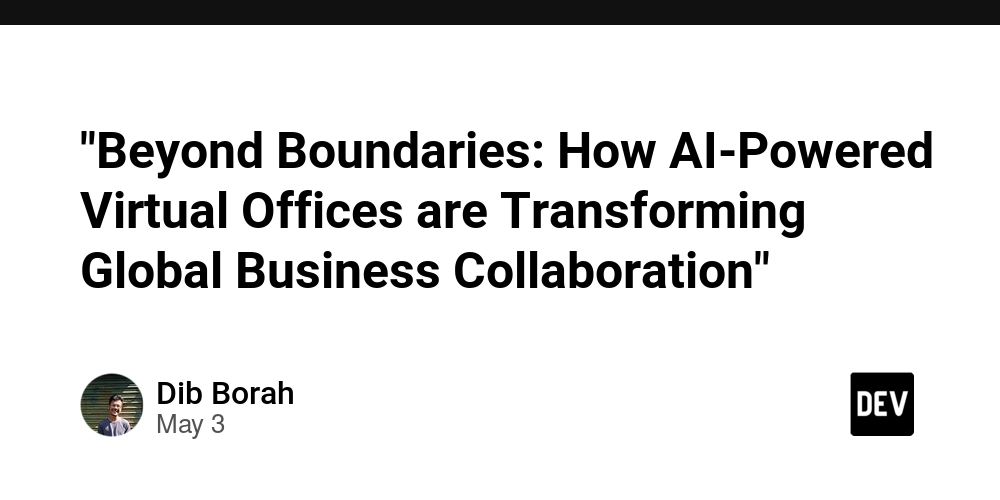

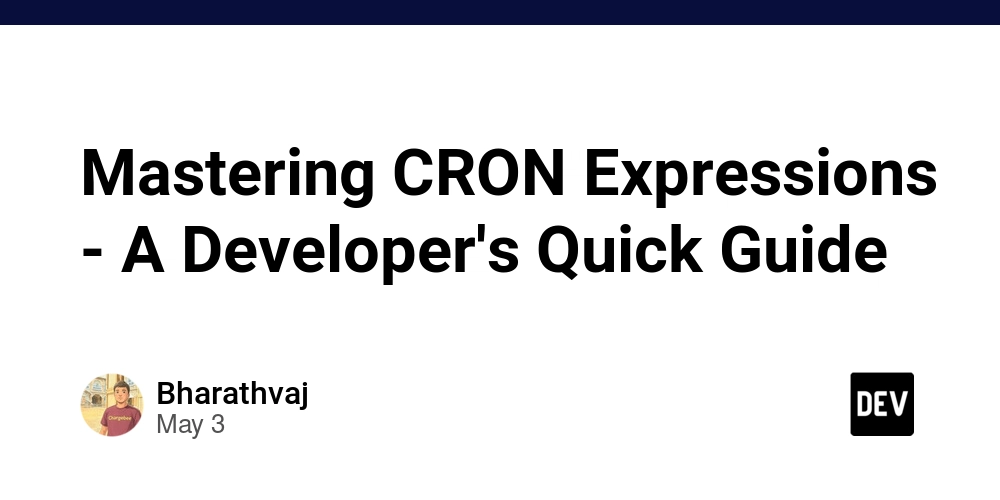
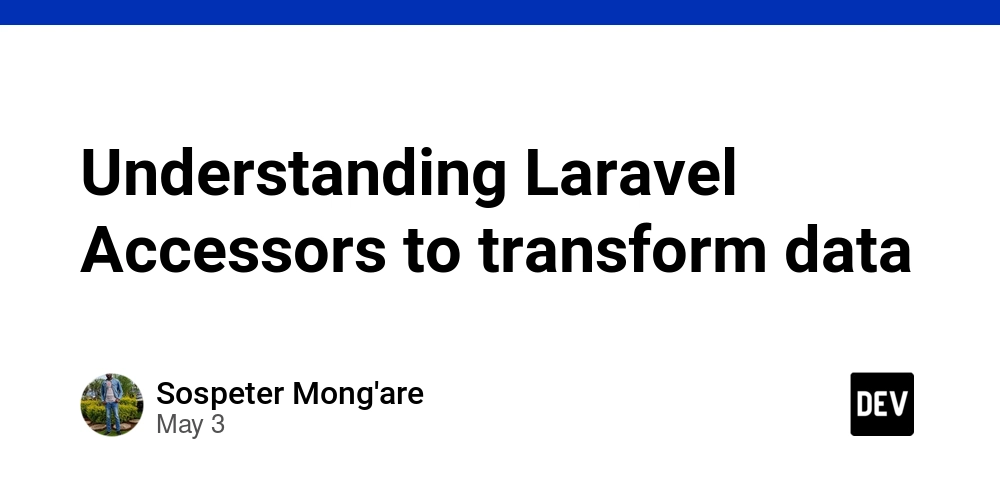













![[FREE EBOOKS] Learn Computer Forensics — 2nd edition, AI and Business Rule Engines for Excel Power Users & Four More Best Selling Titles](https://www.javacodegeeks.com/wp-content/uploads/2012/12/jcg-logo.jpg)





![From Art School Drop-out to Microsoft Engineer with Shashi Lo [Podcast #170]](https://cdn.hashnode.com/res/hashnode/image/upload/v1746203291209/439bf16b-c820-4fe8-b69e-94d80533b2df.png?#)







































































































(1).jpg?#)































_Inge_Johnsson-Alamy.jpg?width=1280&auto=webp&quality=80&disable=upscale#)











































































































![Apple Developing AI 'Vibe-Coding' Assistant for Xcode With Anthropic [Report]](https://www.iclarified.com/images/news/97200/97200/97200-640.jpg)
![Apple's New Ads Spotlight Apple Watch for Kids [Video]](https://www.iclarified.com/images/news/97197/97197/97197-640.jpg)








































































